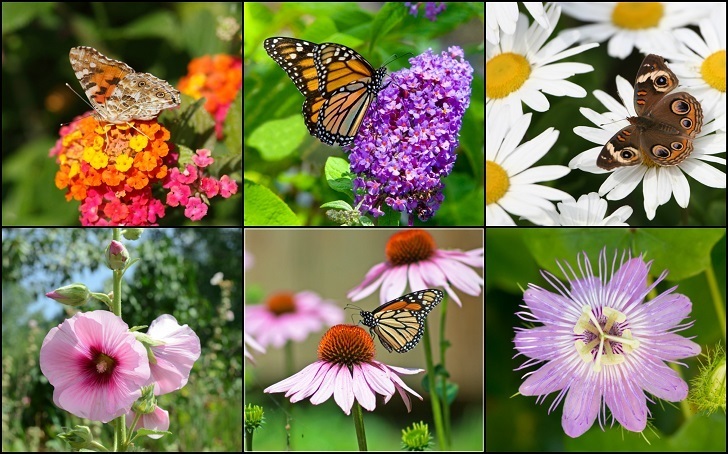
For many people, watching butterflies flit around the garden can be an exciting or very relaxing part of spring and summer. Here are a handful of plants that are easy to grow which will draw these majestic insects to your garden.
1. The Butterfly Bush
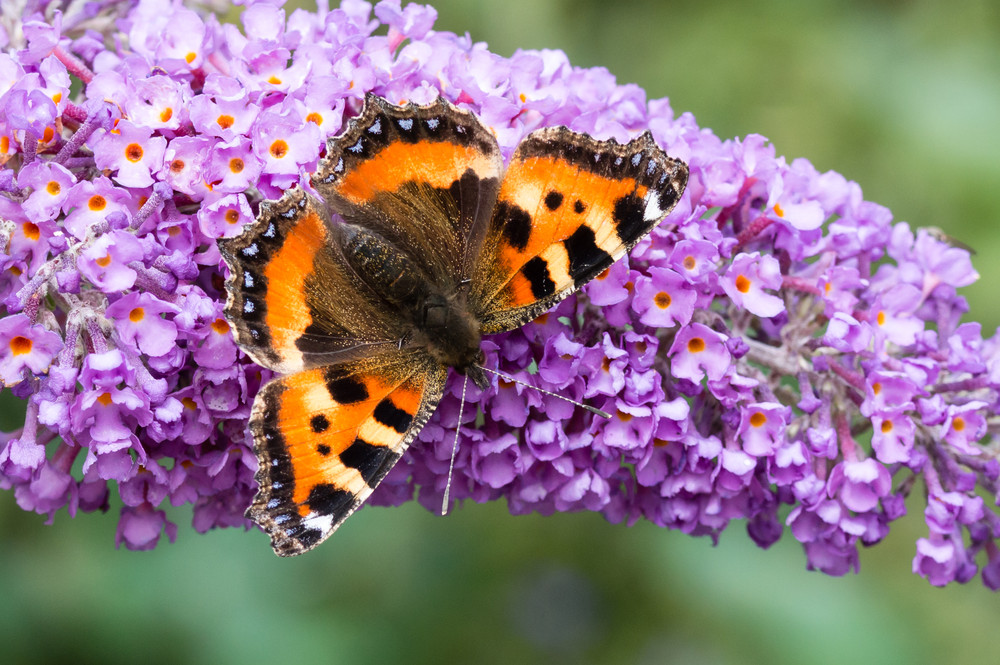
There are somewhere around 100 species of Buddleja, commonly referred to as the butterfly bush. The colorful flowers ranging from white to pink, orange and purple attract an assortment of butterflies including commas, mourning cloaks, sulphurs, monarchs, and several species of swallowtail.
2. Milkweed
For those wanting to attract monarch butterflies to their garden, nothing does the trick like planting milkweed, the host food plant for monarch caterpillars. Milkweed also attracts the viceroy, Baltimore checkerspot, mourning cloak, queen, great spangled fritillary, zabulon skipper, and question mark butterflies.
3. Parsley
A favorite amongst culinary herbs, parsley is a primary host food for the black swallowtail butterfly larva.
4. Alfalfa
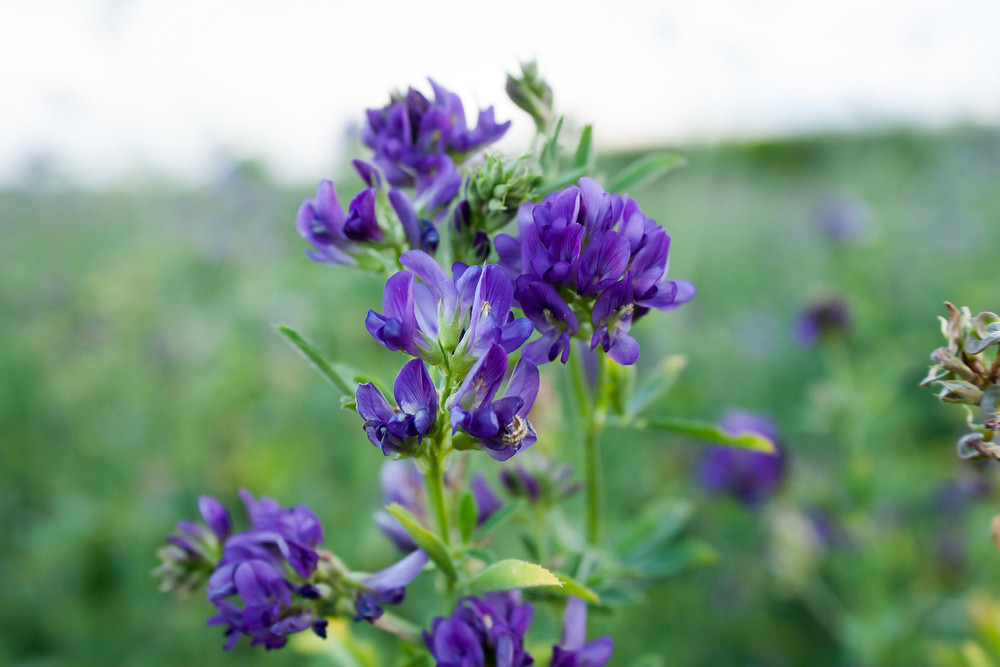
Alfalfa is a host food for clouded yellow, orange sulphur, and Karner blue butterflies.
5. Fennel
Also known as sweet anise, fennel is another favorite host food for many swallowtail caterpillars.
6. Clover
Common white or red clover will attract a whole host of butterflies to your garden including common checkered skippers, painted ladies, buckeyes, sulphurs, gray hairstreaks, sleepy orange, eastern tailed-blue, silver-spotted skipper, and variegated fritillery
7. Verbena
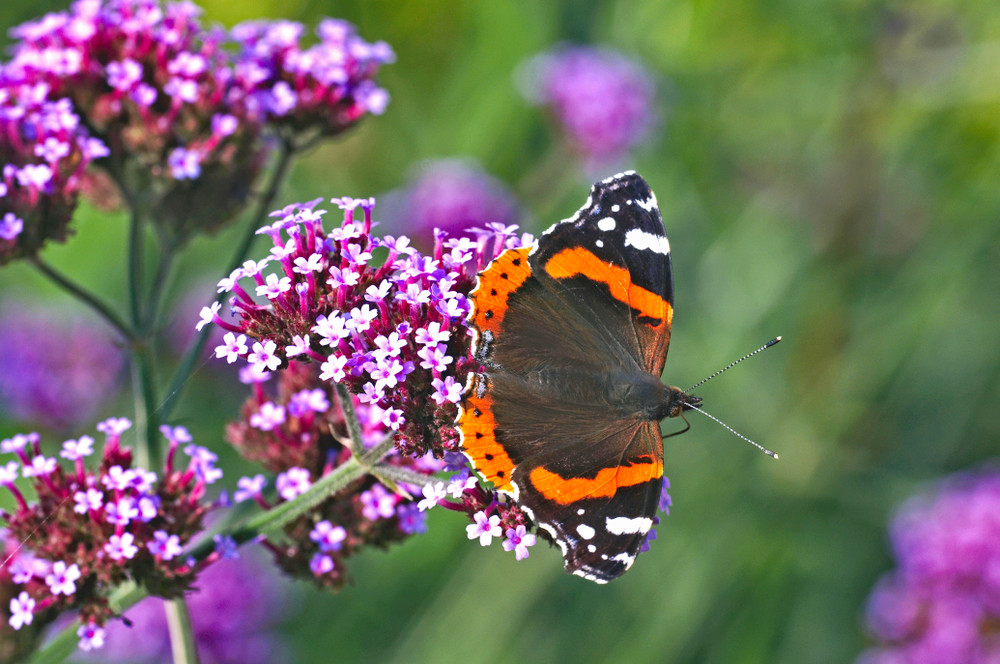
Sulphurs and zebra longwings will be drawn to the nectar of most species of verbena.
8. Queen Anne’s Lace
Another beautiful and easy to grow flowering herb, Queen Anne’s lace is a host food for the anise swallowtail.
9. Daisy
Most varieties of daisy are favorite nectaring flowers for mourning cloak and queen butterflies. Daisies are also a host food for painted lady caterpillars.
10. Hollyhock
Alcea, commonly known as hollyhock are a host food for the larva of painted lady, checkered skipper, and gray hairstreak larva.
11. Goldenrod
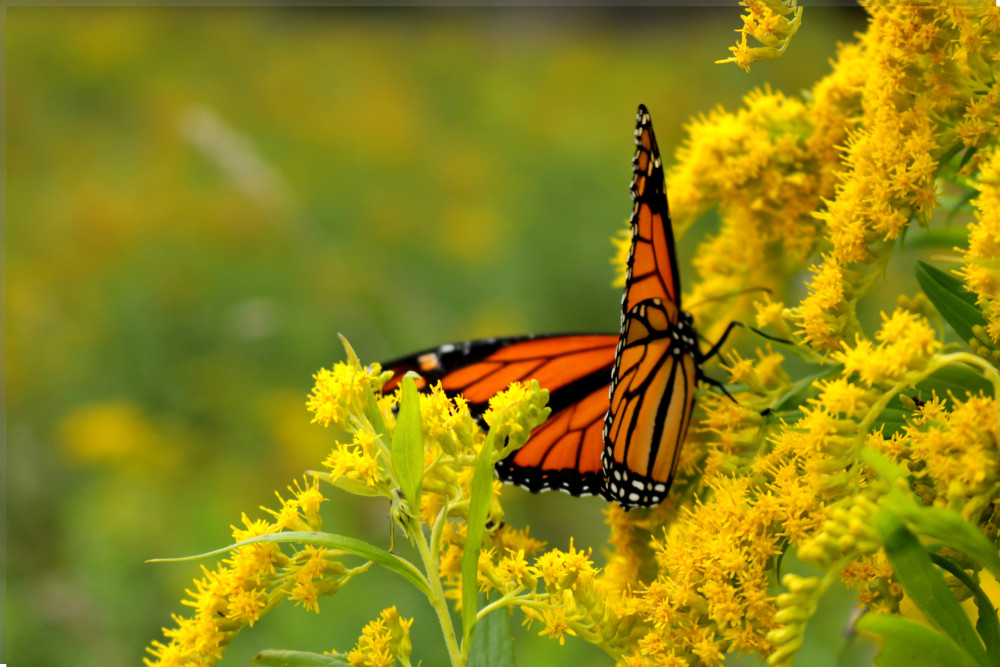
Flowers in the genus Solidago, known collectively as goldenrods are a favorite nectar source for a variety of butterflies including sulphurs, American snouts, red admirals, gorgone checkerspots and viceroys
12. Dogwood
Flowers of the dogwood tree attract spring azure and American snout butterflies. The leaves are also a host food for spring azure larva.
13. Poplar
Most often planted as a fast-growing shade tree, poplars are also a host food for white admiral, tiger swallowtail, mourning cloak, viceroy, and red-spotted purple butterfly larva.
14. Snapdragon
Plants of the genus Antirrhinum, collectively known as snapdragons are host food for the larva of the common buckeye.
15. Purple Coneflower
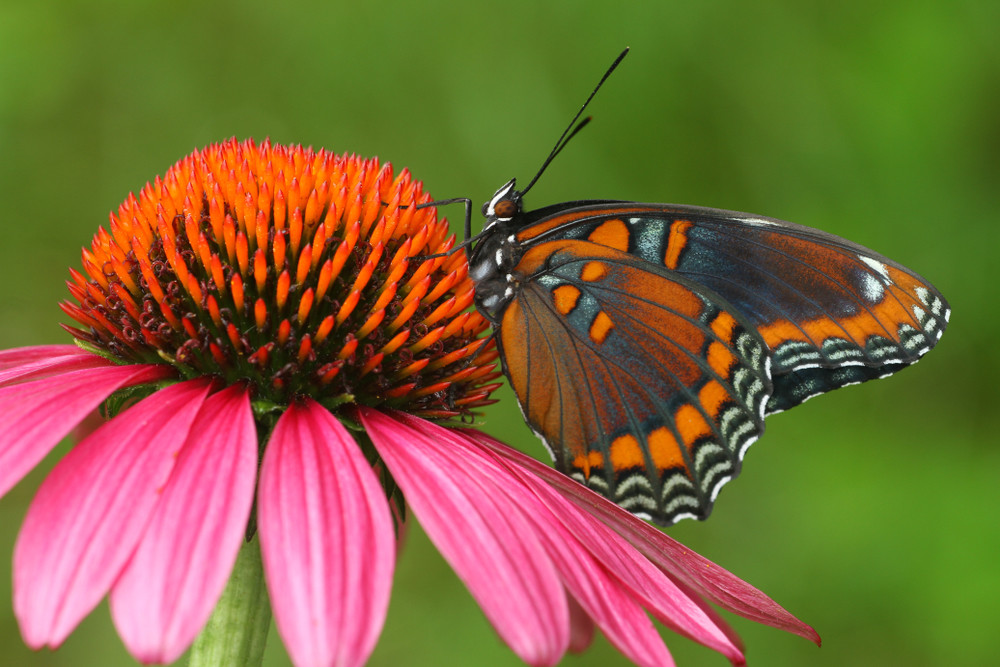
Echinacea purpurea, the purple coneflower is a well-known herb for it’s immune-boosting and anti-depressant properties. It is also an attractant for the common wood-nymph butterfly.
16. Glasswort
These succulents of the genus Salicornia are host food plants for eastern pygmy blue butterfly larva.
17. Mustard
Not only great for harvesting its seeds and greens for culinary use, the mustard plant is also a favorite nectaring and host food for falcate orangetip butterflies and larva.
18. Passion Vine
Passiflora, also known as the passion vine sports large, exotic purple flowers that will spice up any garden. The foliage is also a host food for gulf fritillary and zebra longwing caterpillars.
19. Dogbane
Plants of the genus Apocynum – referred to as dogbane for its toxicity when ingested – are a nectaring source for little glassywings, mourning cloaks, sulphurs, monarchs, silver-spotted skippers, some species of swallowtail, painted ladies, American snout, and pearl crescent butterflies.
20. Hackberry
Deciduous trees of the genus Celtis, known as Hackberries are host food for hackberry emperor and tawny emperor butterfly larva.
21. Sunflower
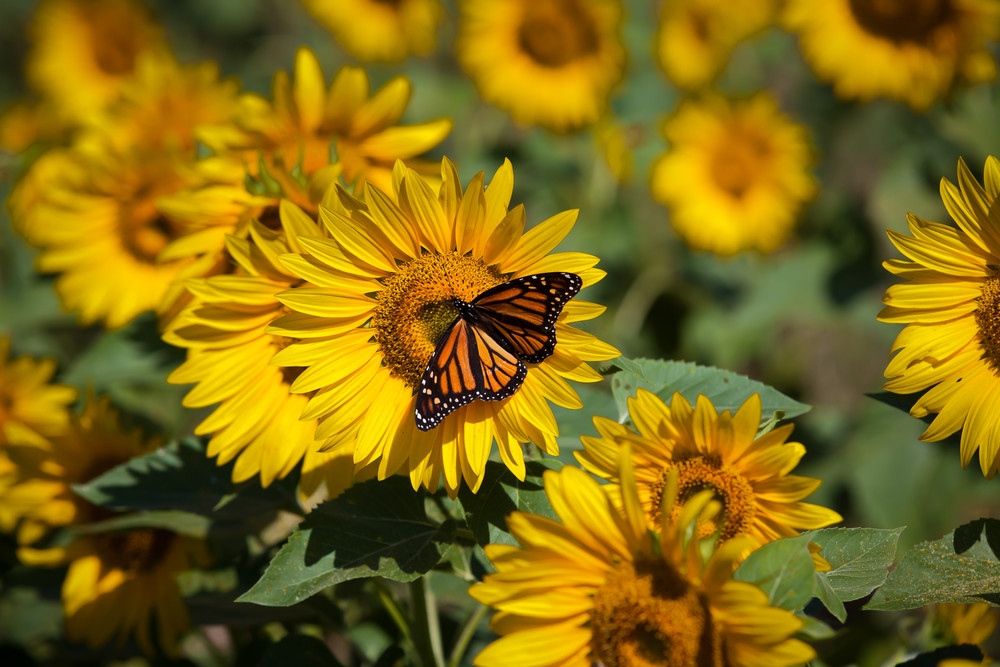
In addition to providing sunflower seeds for human consumption, these summertime favorites provide nectar and host food for most species of checkerspot butterflies and larva.
22. Joe Pye Weed
These lovely flowering plants in the Asteraceae genus are a great nectaring source swallowtails and fritillaries.
23. Viburnum
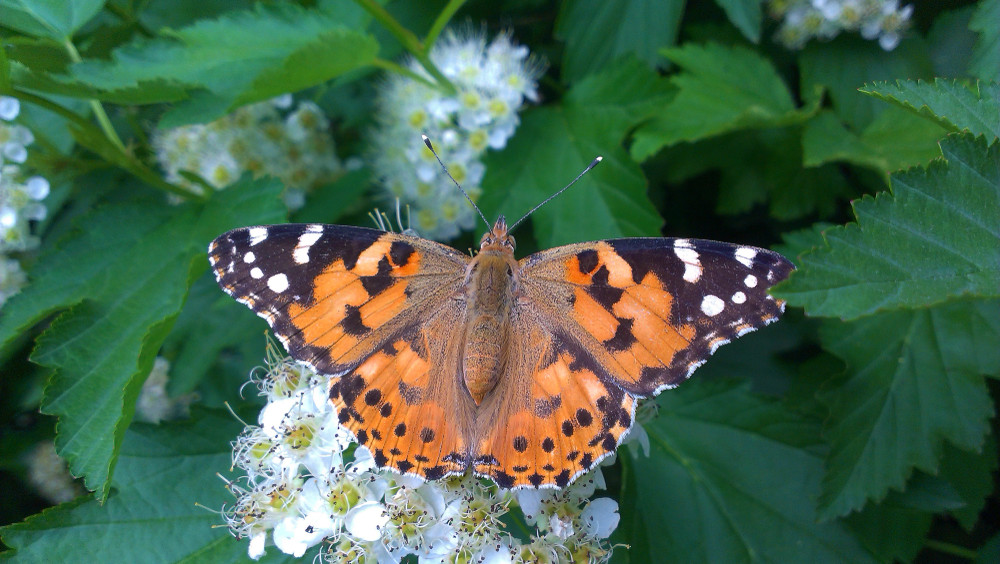
A popular landscaping shrub due to its pleasant fragrance, viburnum will also attract Baltimore checkerspots and spring azure butterflies to your garden.
24. Burdock
Traditionally cultivated for the medicinal properties of its root, Burdock is a favorite host food for painted lady caterpillars.
25. Vetch
A flowering plant of the legume family, any of the over 100 species of vetch will attract American painted ladies, sulphurs, and zabulon skippers as both a nectaring and larva host food source.
26. Sassafras
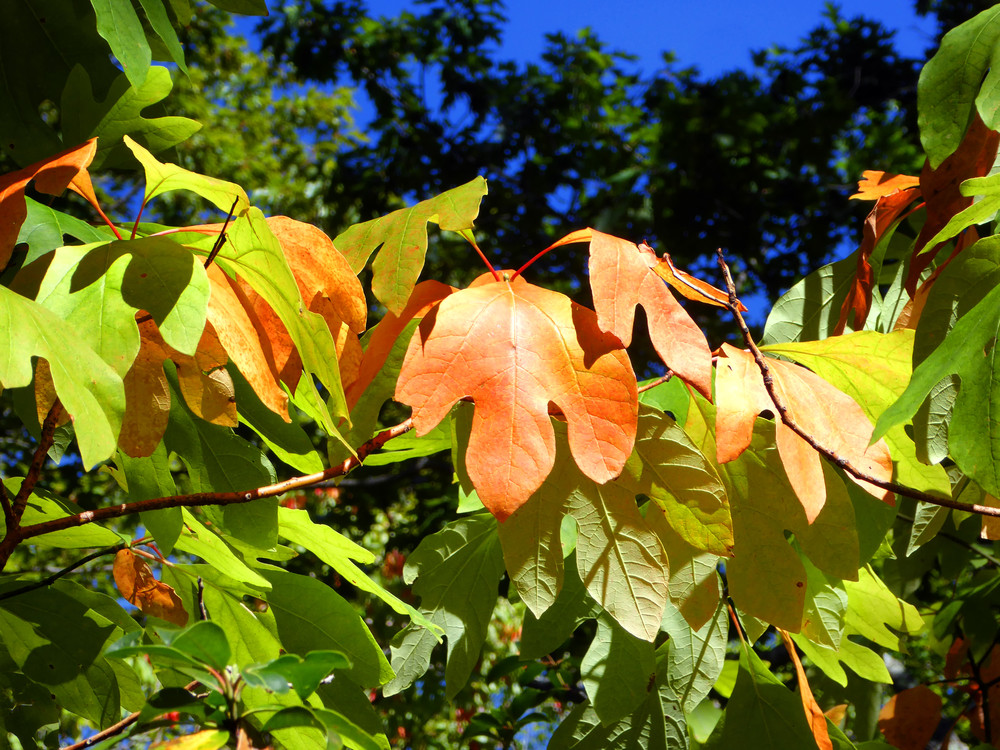
Well-known for soda made from its bark, sassafras is also a food source for many species of wildlife including the spicebush swallowtail caterpillar.
27. Blueberry
These popular fruit-bearing bushes will bring both swallowtails and spring azure butterflies to your garden.
28. Black Walnut
Juglans nigera, the black walnut tree is host food for over 200 species of butterfly and moth larva including swallowtails, red-spotted purples, royal walnut moths and the elusive and exotic luna moth!
29. Stonecrop
The name given to a variety of low-growing succulents, stonecrop is a favorite nectaring plant for the red admiral butterfly.
30. Privet
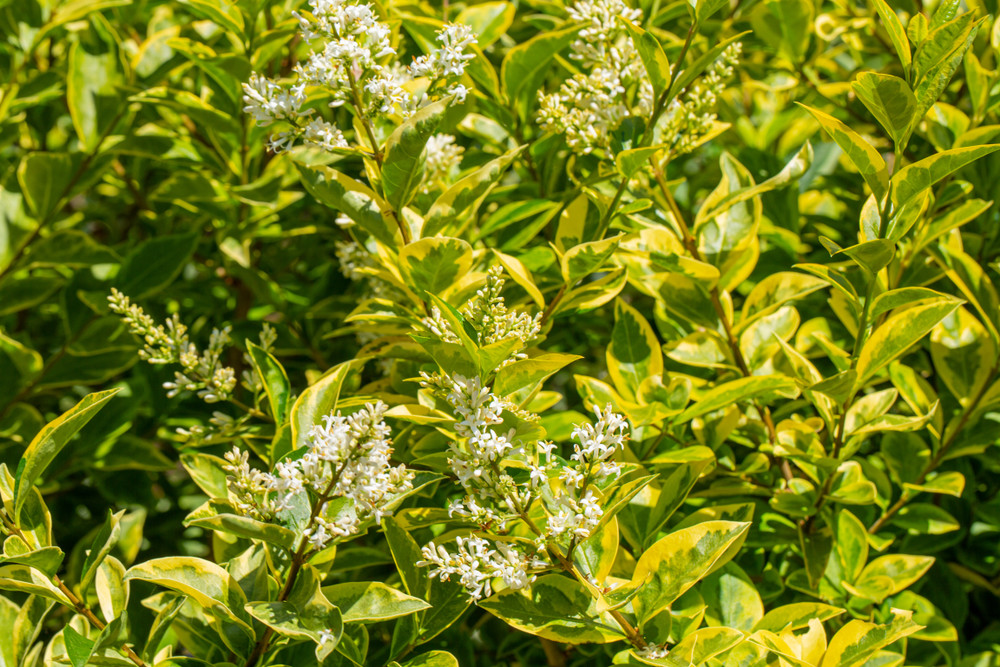
Finally, to create privacy in your butterfly garden, try surrounding the space with privet. The flowers of this hedge-forming shrub are a favorite for many butterflies including skippers, painted ladies, swallowtails, and red-spotted purples.
